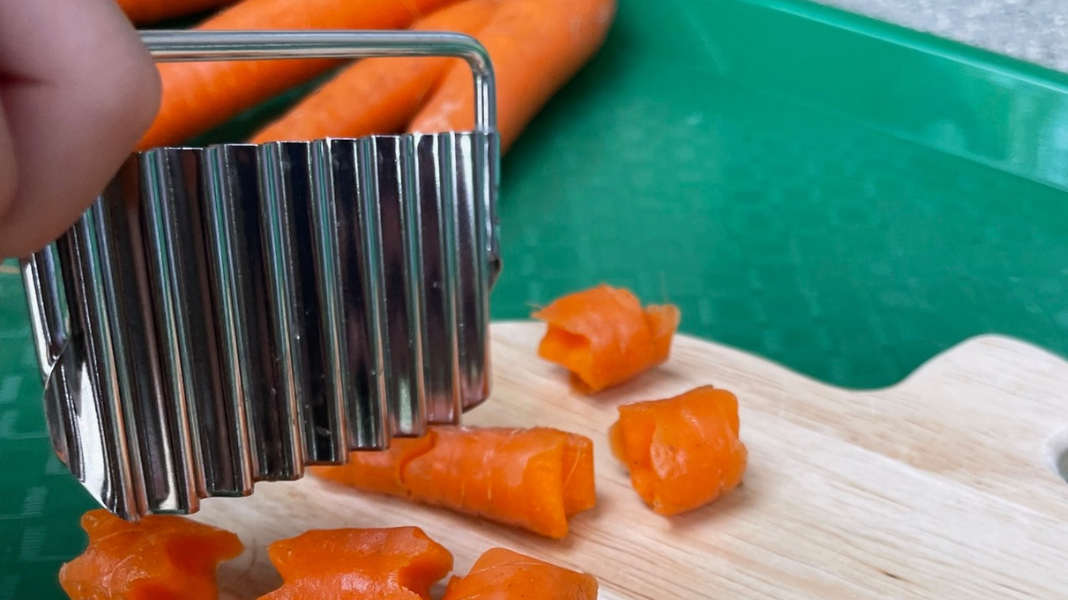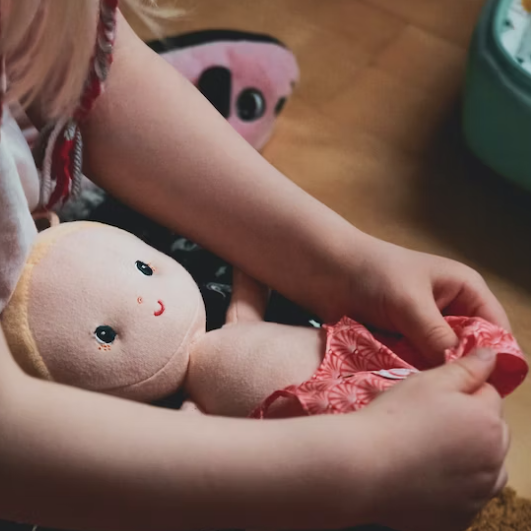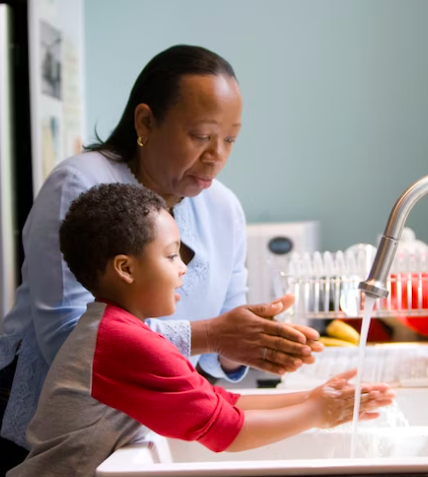
Maria Montessori described the practical life area of the classroom as the place where "A child who has become master of his acts through long and repeated exercises, and who has been encouraged by the pleasant and interesting activities in which he has been engaged..."  At the beginning of the school year practical life shelves focus on a certain skills that foster the child's independence in the classroom. These skills include scooping, pouring, tonging and sweeping.
At the beginning of the school year practical life shelves focus on a certain skills that foster the child's independence in the classroom. These skills include scooping, pouring, tonging and sweeping.
Each tray isolates a specific skill that increases in complexity. Children learn how to refine their fine motor skills while using works that vary in difficulty and slowly requires more coordination.
Once the child has the ability to perform simple practical life tasks like pouring, sorting and transferring successfully, they can engage in activities that are more complex and have multiple steps such as easel painting, food preparation or scrubbing activities.

Caring for the Environment


Our Favorite Practical Life Related Materials:
- Cleaning supplies like cleaning bins, squeegees, and dustpans make classroom tidying a breeze.
- Expand your food preparation tools with knife sets, a crinkle cutter, wavy cutter, or banana cutter.
- Pouring kits of varying complexity: 1, 2, 3, 4
- Tonging / transferring lessons that will expand the the reach of your current practical life materials, from lily pads to bees.




